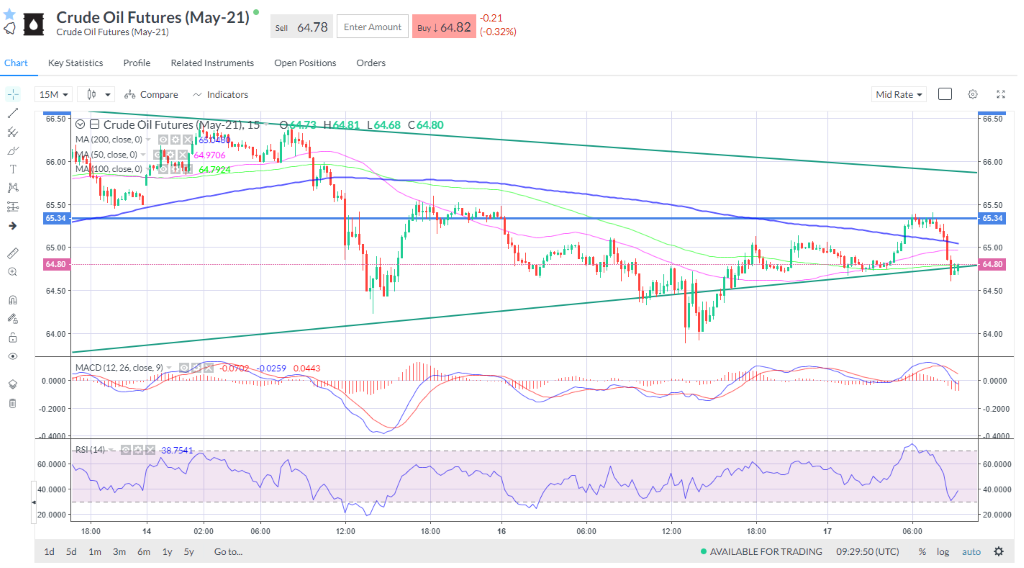El sitio www.markets.com/es/ está administrado por Finalto (BVI) Limited («Finalto BVI»), que está autorizada y regulada por la Comisión de Servicios Financieros de las Islas Vírgenes Británicas («FSC») en virtud de la Ley del Mercado de Valores de 2010, con número de licencia SIBA/L/14/1067. La sede de Finalto BVI se encuentra 6th Floor Luna Tower, Waterfront Drive, Road Town, Tortola, VG1110, British Virgin Islands.
Advertencia sobre riesgos: Las operaciones en el mercado de divisas (Forex) y con Contratos por Diferencias (CFD) son sumamente especulativas, conllevan un alto riesgo y puede que no sean adecuadas para todos los inversores. Los consejos proporcionados en este sitio web son meros consejos generales y se han redactado sin tener en cuenta sus objetivos, situación financiera o necesidades individuales. Antes de empezar a operar Forex/CFD con MARKETS.COM, debe considerar cuidadosamente sus objetivos, situación financiera, necesidades y nivel de experiencia, así como considerar buscar asesoramiento profesional independiente. Al operar, existe la posibilidad de sufrir la pérdida total o parcial del capital invertido. En consecuencia, no es recomendable especular con un capital que no se pueda permitir perder. Es importante que conozca los riesgos asociados a las operaciones con margen. Lea detenidamente la Advertencia sobre riesgos y los Términos y condiciones.
Para reclamaciones relacionadas con la privacidad y la protección de datos, póngase en contacto con nosotros mediante la dirección privacy@markets.com. Lea la DECLARACIÓN DE POLÍTICA DE PRIVACIDAD para obtener más información sobre la gestión de datos personales.
markets.com opera a través de las siguientes subsidiarias:
Finalto Trading está autorizada y regulada por la Autoridad de Conducta Financiera («FCA») británica, con número de registro 481853. Finalto Financial Services está registrada en Inglaterra y Gales con el número de registro mercantil 06557752. Los CFD sobre criptomonedas no están disponibles para clientes particulares.
Markets.com está administrada por Safecap Investments Limited, empresa regulada por la Comisión del Mercado de Valores de Chipre con número de licencia 092/08. Safecap está registrada como empresa en la República de Chipre con el número de registro mercantil ΗΕ186196.
Finalto (Australia) Pty Ltd es una empresa con sede en Australia (ACN 158 641 064) regulada por la Comisión del Mercado de Valores de Australia («ASIC») con número de licencia 424008.
Finalto (Sudáfrica) Pty Ltd está regulada por la Autoridad de Conducta del Sector Financiero («FSCA») sudafricana con n.º de licencia 46860 y con licencia para operar como Proveedor de derivados extrabursátil («ODP» por sus siglas en inglés) conforme a la Ley sudafricana de mercados financieros n.º 19 de 2012.
Finalto International Limited está registrada en San Vicente y las Granadinas («SVG») de conformidad con las Leyes revisadas de San Vicente y las Granadinas de 2009, con número de registro mercantil 27030 BC 2023.









